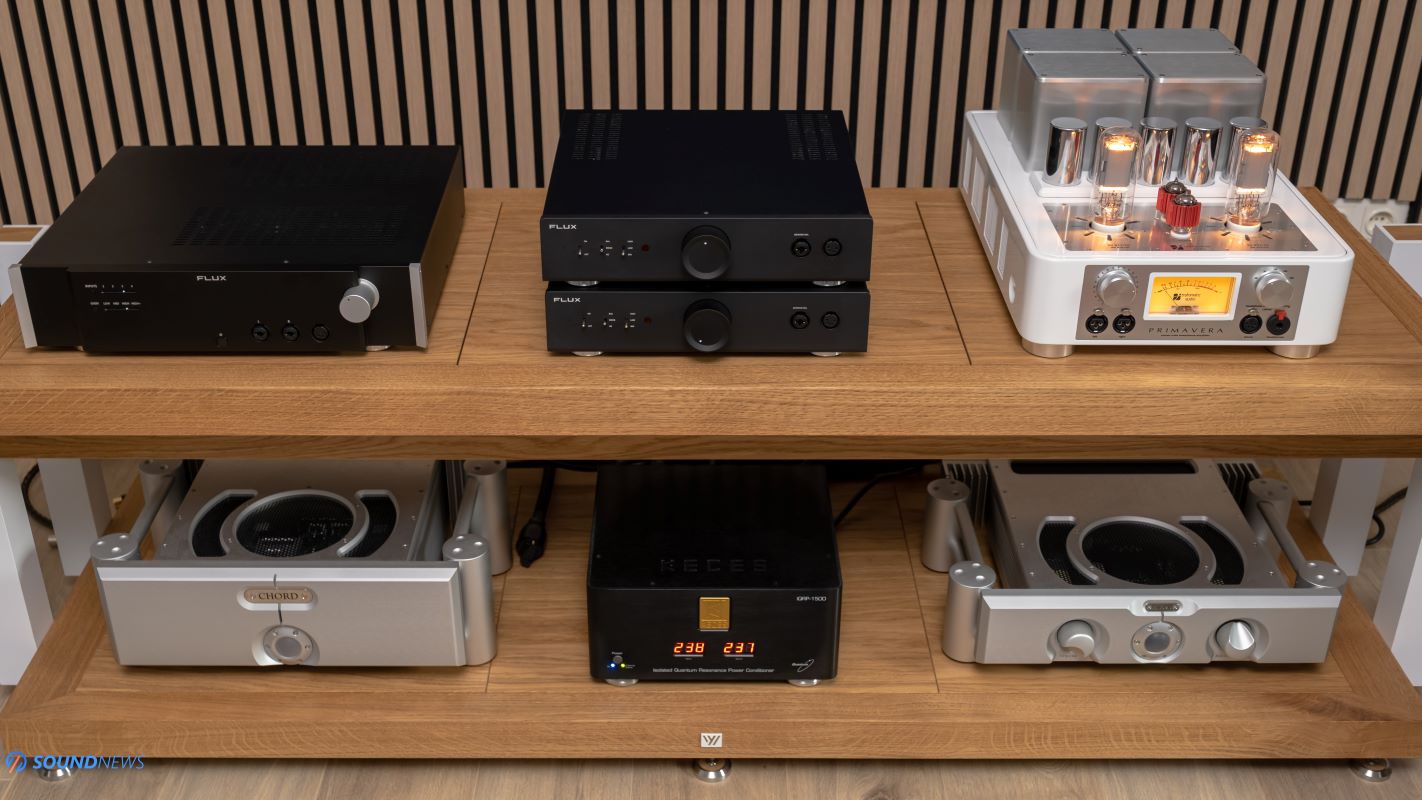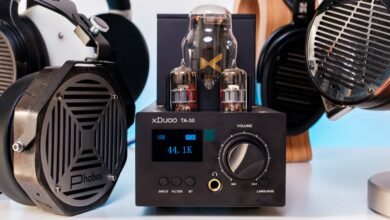Flux Lab Acoustics MENTOR Review – Power Overwhelming!
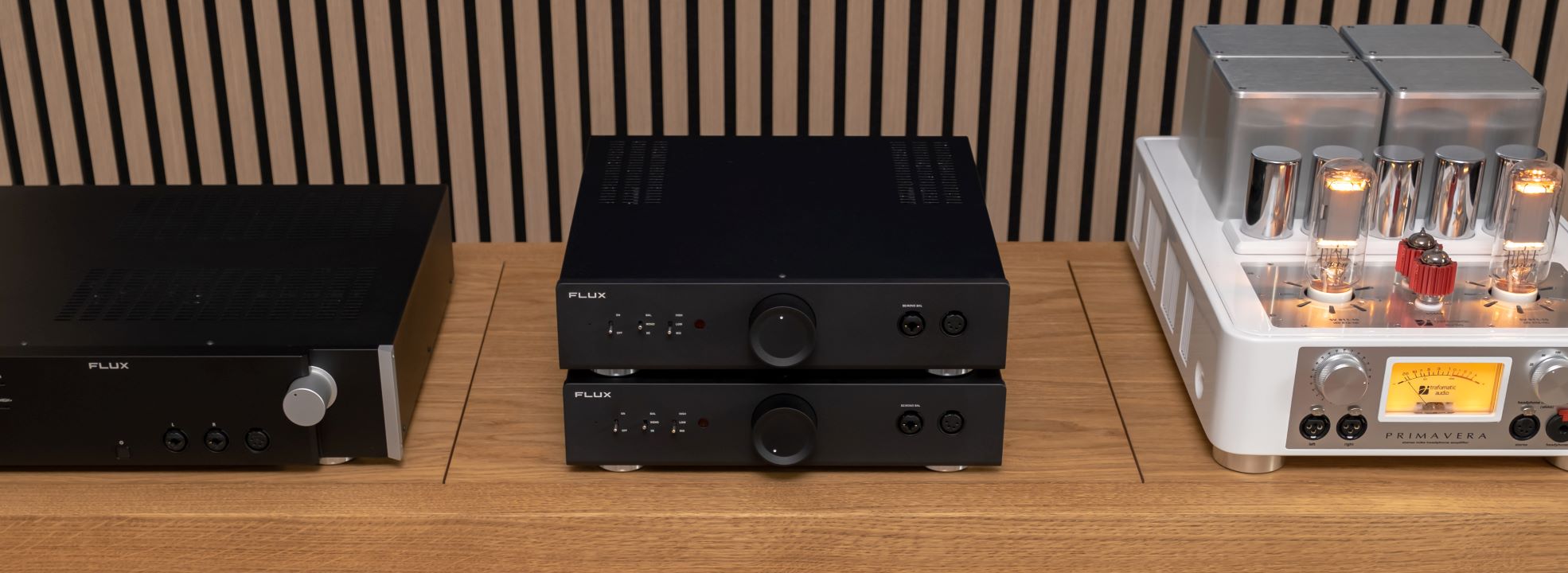
I must confess that after reviewing 44 dedicated headphone amplifiers since 2019, without taking into account great-sounding DACs with potent headphone outputs, the only amplifier that had the highest price-to-performance ratio that I could recommend without hesitation was the Flux Lab Acoustics FA-10. Rocking 16 watts per channel, sporting a fully discrete amplifier design, with an oversized linear transformer, and weighing 5.6 kilos of audiophile goodness, it could easily drive any existing planar or dynamic headphones without burning a hole in your pocket. I rubbed my eyes several times, blinking ten times a second when I saw its asking price of $750. With a master’s degree in economics and an understanding of how the HiFi business works, I couldn’t believe my eyes, as beasts like these usually cost a pretty penny and I have tons of examples to illustrate this point
For those unfamiliar, Flux Lab Acoustics is a Ukrainian company located in Kharkiv, several kilometers away from the front line. Now, picture this: this company not only operates during wartime but also amidst drone and missile attacks from aggressors. I don’t want to delve into politics on this platform, so I won’t continue this discussion, but the courage of these people to carry on, produce amplifier batches, sell them, and try to provide for their families, it breaks my heart only thinking about this.
As much as I would like to acknowledge it, the high-end headphone market has changed and will continue to evolve. We all desired higher-sensitivity headphones that could be driven even by portable devices, but you can’t create a super-rigid driver without demanding lots of power from the amplifier that drives them. Sadly, all top-of-the-line planar headphones will be hard to drive, as fast and stiff drivers are typically composed of rare metals that improve rigidity, resolution, and transient response at the cost of lower sensitivity, meaning that more power will be needed to control them fully. Just look at the headphone market: it all began with HiFiMan’s HE-6, followed by Abyss AB-1266, then DCA Stealth and Expanse, and it seems that Mod House’s Tungsten is even harder to drive than any other planar headphone released so far.
As times were changing fast, so did Flux Lab Acoustics when I was informed that they had reignited their long-forgotten dream of producing monoblock headphone amplifiers. These amplifiers would have the right price point and all the power necessary to drive any headphones in existence, except for electrostatics (naturally). This is how the idea behind the MENTOR was born. It’s a love letter from the front line to all those who can’t afford expensive headphone amplifiers, but still want to fully drive their Tungstens, HE-6s, or anything else. Certainly, not everyone finds pleasure in using inefficient headphones. Hence, you’re presented with a choice: opt for a single fully-symmetrical dual-mono amplifier capable of delivering a substantial 11 watts per channel into a 32 Ω load, or indulge in the extravagance of two units, boasting an impressive 33.5 watts per channel in 32 Ω and 6.4 watts per channel in 300 Ω. What makes the MENTOR truly appealing is its exceptional price-to-performance ratio, priced at $1,299 for a single unit and $2,599 for a dynamic duo. This story promises to be extensive, so grab a refreshment because I’m diving deep into it.
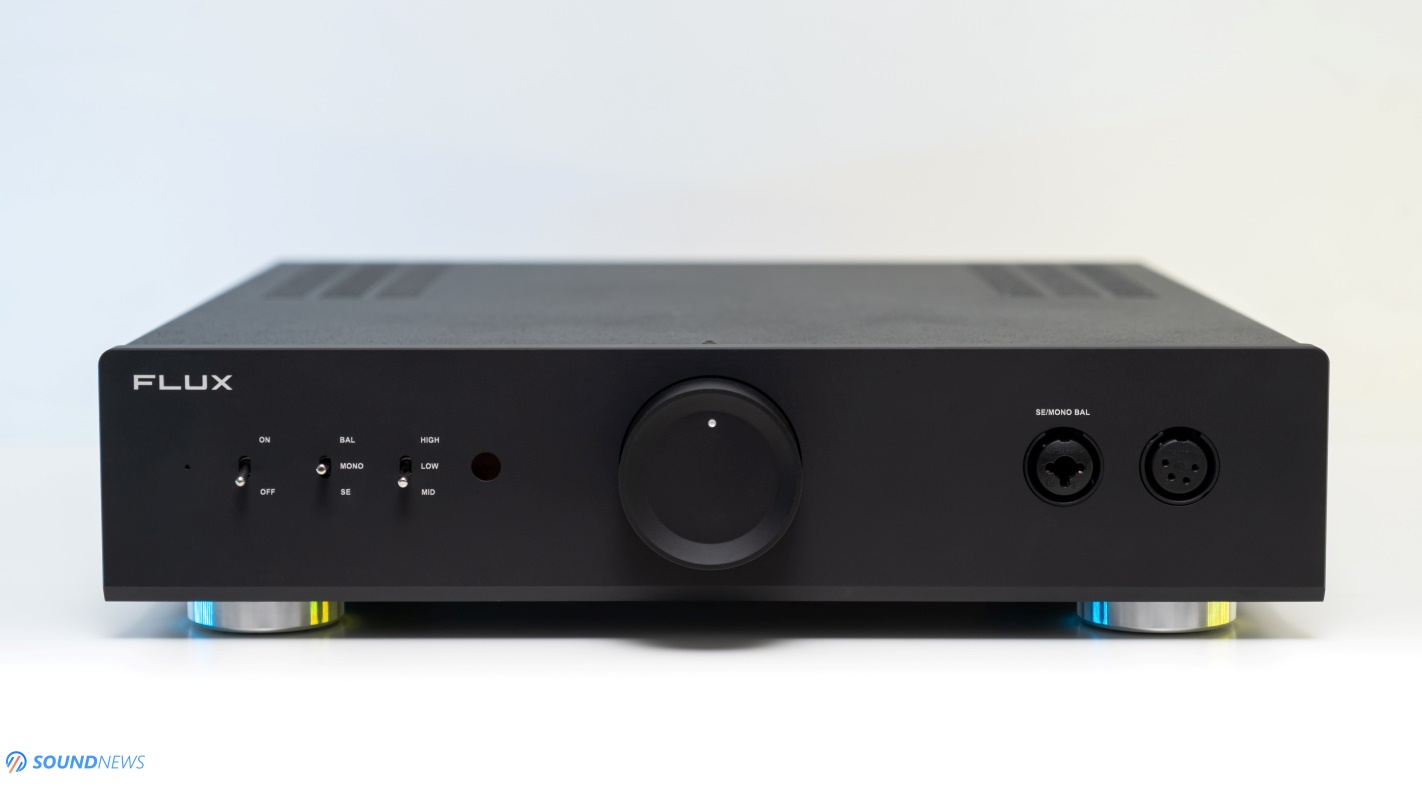
Design & Build Quality
Very much like its brethren (Volot, FA-10, and FA-12), the Flux team put a much bigger effort into providing the highest quality components, and the cleanest power available, at the cost of not having a fully CNC machined case. I don’t quite get it when high-end manufacturers are spending half of their money on a beautiful case and the other half on the electronics and it might sound out of place, but I’m glad that the Flux team didn’t go with CNC machined cases that would add at least $1000 to the final price, as they would sound the same.
We have very similar lines and design cues with the rest of their lineup, it looks like a more refined FA10/12 to me, and I dig the new oversized volume wheel, I like that the punched steel case is now thicker and I am also fond of their newest powder coating, which should resist lots of use and abuse. I didn’t quite like having a raw metallic back with black metallic pieces wrapping it all around as was the case with the Volot and FA-10, but luckily, that is no longer the case with the MENTOR. Since the amplifier has a mirrored symmetry between the right and left channels, we have two openings on both sides atop the output stage that will move hot air outside its case. I measured the temperature of the case after 48 hours of non-stop music playback and was quite surprised when I put my hands on those openings. The unit was by a hair warmer than my body temperature – which is a great thing long term, my Bosch thermo-detector measured 39.7 degrees Celsius and I’m glad to see these numbers, as I’m sure you won’t be frying those components anytime soon. If you get two Mentors, I don’t recommend stacking them on top of each other, but you can add elevation feet between them which will get the job done. If you need a recommendation on the cheap, go with ISO Acoustics ISO Puck or ISO Puck Mini that won’t break the bank, but provide enough room to stack two units on top of each other. Besides having a massive 6.3 kg unit (~13.9 lbs) which I find unapologetically attractive with its simplicity, I want to draw your attention to two things.
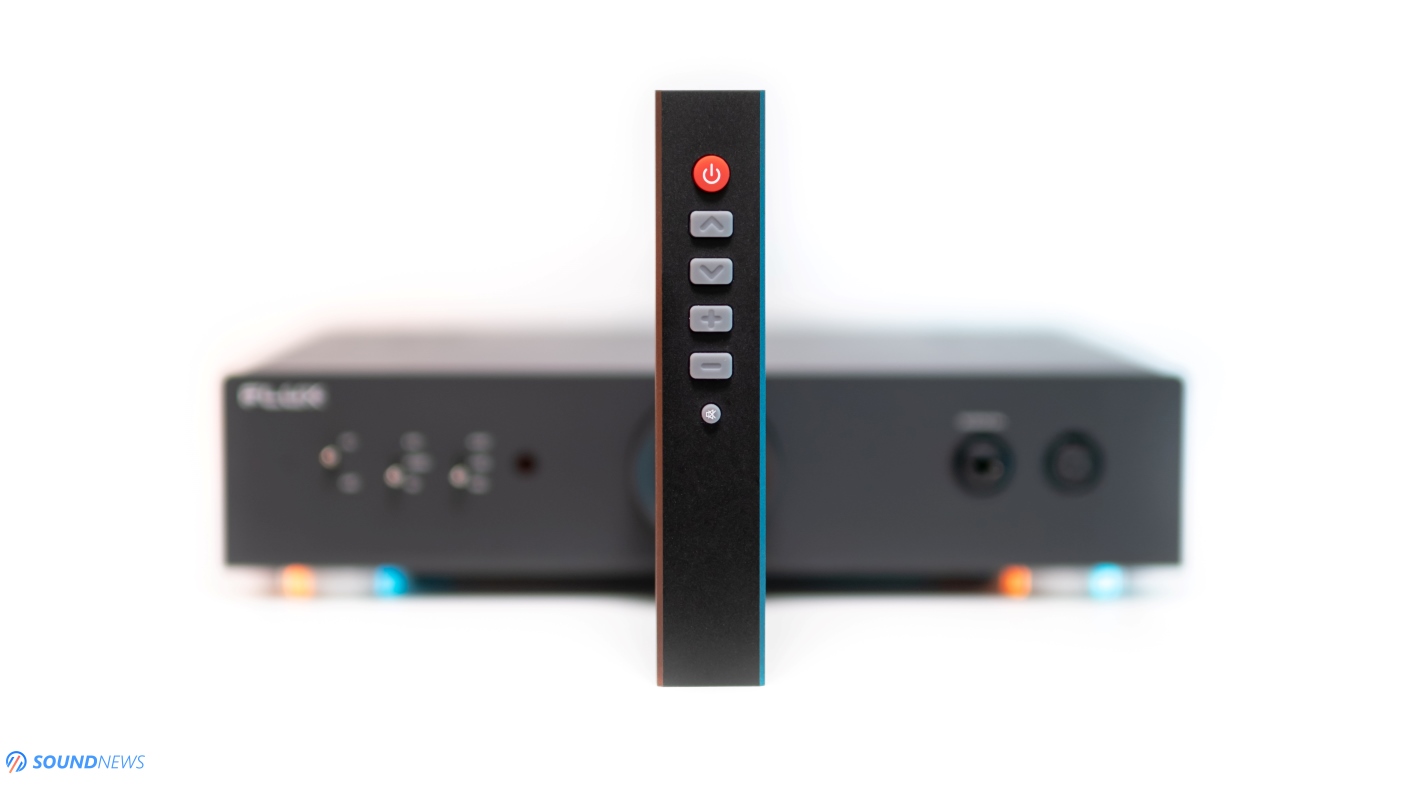
The remote control which you can get as an extra accessory for $50. This isn’t your regular plasticky remote control, but a heavy-duty one made out of a single block of aluminum. And before you ask, nope, the Mentor doesn’t have a preamp stage and maybe it’s for the better. However, if you like immersing yourself in while listening to music sitting comfortably on a couch, I think that spending $50 for a high-quality remote is well worth the investment.
The second thing and maybe even more important than the remote is the optional 1.8m power cable that uses Neotech NEP-5002 wire in an ultra-pure oxygen-free copper (UP-OFC) configuration, terminated with high-quality TTAF 93047/048 IEC & Shucko sockets, that goes for an extra $100. I did my research and the IEC and Shucko sockets are sold for ~55 Euro and 2m of bulk NEP-5002 wire will cost around ~30 Euro give or take. In total, we have 85 Euro or around ~$91.80 according to today’s exchange rate and that’s without taking into consideration the soldering work and the sleeving around the sockets. They are basically making these cables without making a profit and after comparing a stock cable with the Neotech one, it was clear to me that the optional cable was well worth the investment, sounding a bit more dynamic and tonally richer compared to the stock power cable. We have four massive metallic feet with foam inlays that will reduce the vibrations coming from within the unit (power supply, input, and output stages) and also provide a decent elevation of 12mm from your table. We have a 10mm thick front panel, high-quality mechanical switches, and high-quality Neutrik connectors on the front and back, and in truth, except for not having a fully CNC machined case, the MENTOR looks and behaves like a high-quality unit from any point of view
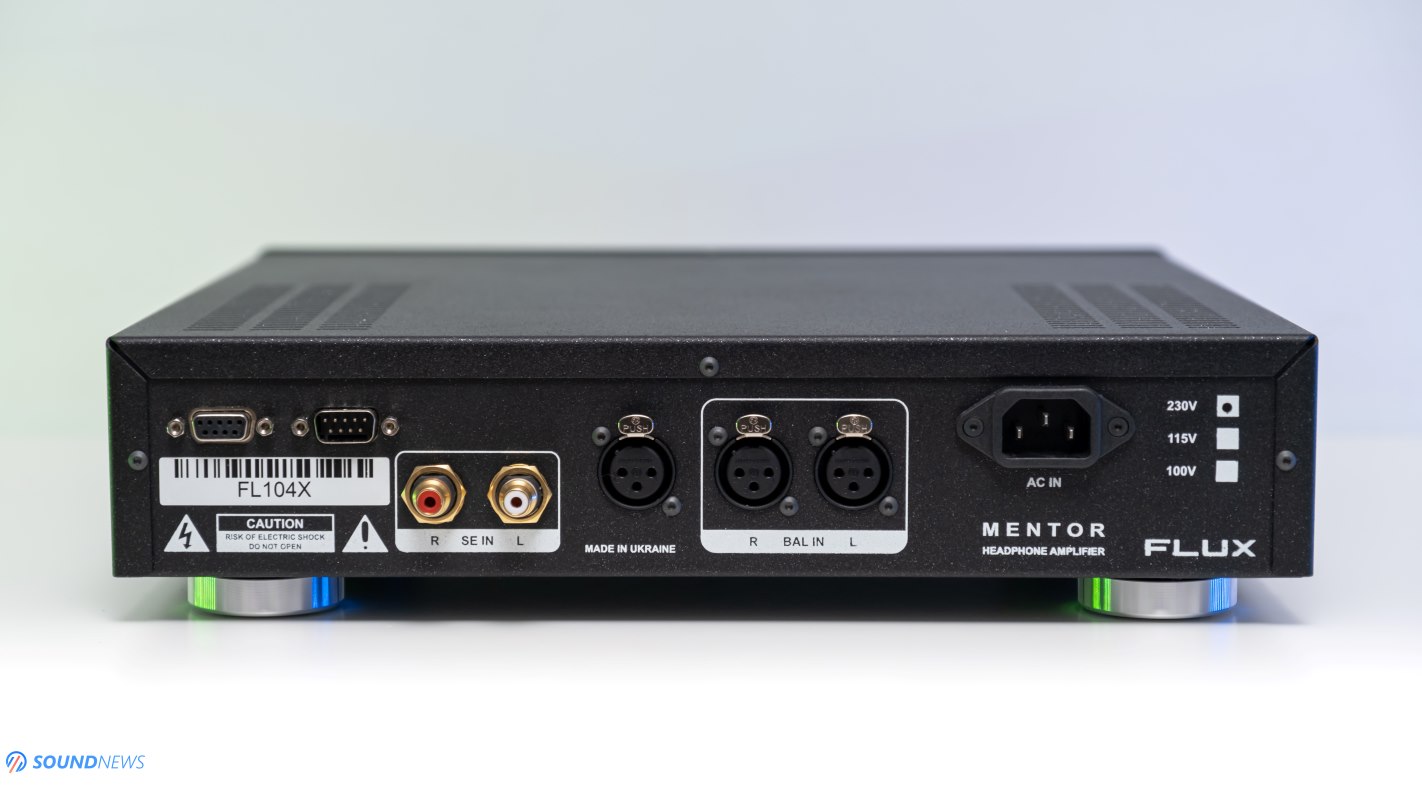
Controls & Connectivity
The front panel boasts a CNC-milled design, featuring three mechanical switches. The first one powers the unit, while the second allows you to select between SE, BAL, or the Mono XLR input. The third switch adjusts the gain of the unit from 14 to 20, and 25 dB, depending on the settings, with an additional gain increase of around 6 dB in mono mode.
As previously mentioned, the generously sized volume knob provides a satisfying physical resistance, preventing accidental volume spikes, particularly with sensitive IEMs. Additionally, there’s a 4-pin XLR and a combo 6.35mm/3-pin XLR socket. In case two amplifiers are used for dual mono action, Flux Lab Acoustics includes a dual 3-pin XLR to 4-pin XLR adapter cable for an extra $120 – a worthwhile investment considering it features Neotech UP-OCC wire and Neutrik XLR plugs.
For inputs, there are pairs of RCA and XLR inputs, along with a single XLR input for mono operation. Don’t be alarmed by the RS-232 analog inputs; they are necessary when using two units for nearly unlimited power output. An RS-232 cable is provided, allowing you to designate the Master amplifier (which controls the volume of both amplifiers with a single volume wheel) and the Slave amplifier. When employing two units for monoblock action, it’s recommended to keep the power switch in the OFF position and the volume at the lowest setting on the Slave unit, as the Master amplifier will power and regulate both units.
The Mentor doesn’t come with a universal power supply, so when ordering, you’ll need to specify whether you require a 100, 115, or 230V unit.
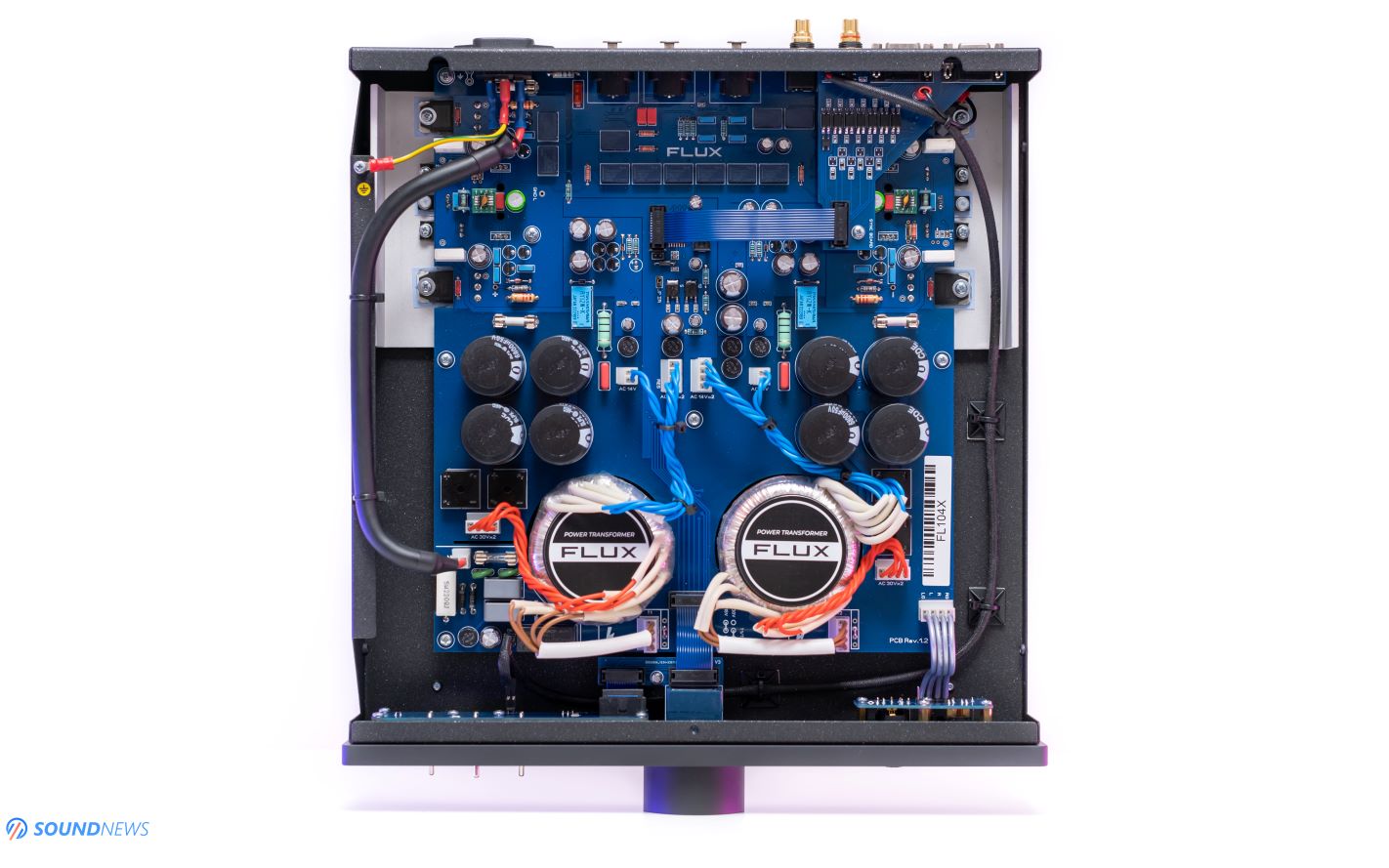
Under its Hood
Now, hear me out. For $1,299, we get a fully symmetrical dual-mono headphone amplifier and just take a look at how beautiful it is on the inside. To me, it resembles a picture rather than a crowded PCB. Naturally, this is a fully discrete headphone amplifier from input to output. We have J-FET transistors at the input stage, known for their organic and natural sound, while the output stage exclusively uses Bipolar transistors, prized for their fast transient response and detailed, highly transparent sound. Flux Lab Acoustics has tuned it as a reference headphone amplifier, infusing just a touch of warmth into the mix without leaning it toward the bright or dark side. If you’re seeking a more emotionally engaging unit from the same team, they’ve just announced their brand-new M-Field headphone amp, which ditches Bipolar transistors in favor of MOSFETs, promising a thicker, warmer, and bolder sound, leaning towards warmth and richness.
We have two oversized linear transformers, one for each channel, followed by four high-capacity Cornell Dubilier capacitors, known for their low impedance and thus fast current delivery to the crucial components of the unit. These capacitors are typically found in fancy and exotic amplifiers, prized for their fast and transparent sound, and I’m delighted to see them used here.
A relay-based 64-step volume control has been implemented, and while you may hear the relays clicking when adjusting the volume, they don’t bother me much. It’s important to mention that all internal wiring was not done via ordinary bulk low-quality cables, but with thick high-quality UP-OFC wires from the AC inlet to the PCB, and then single crystal copper (UP-OCC) wiring is used from the PCB to headphone sockets. This ensures that the performance of this amplifier isn’t limited in any way when used solo or in dual-mono action.
This is a simple yet highly efficient headphone amplifier that delivers some serious power. We’re talking 11.2 Watts per channel in 32 Ω or 33.5 Watts of power in the same load when two units are linked together. This makes the Mentor stack the most powerful current production headphone amplifier on the market, surpassing most integrated and power amplifiers designed to drive passive loudspeakers. The Mentor is extremely powerful on its own, and it’s almost limitless in terms of headroom when two units are linked together.
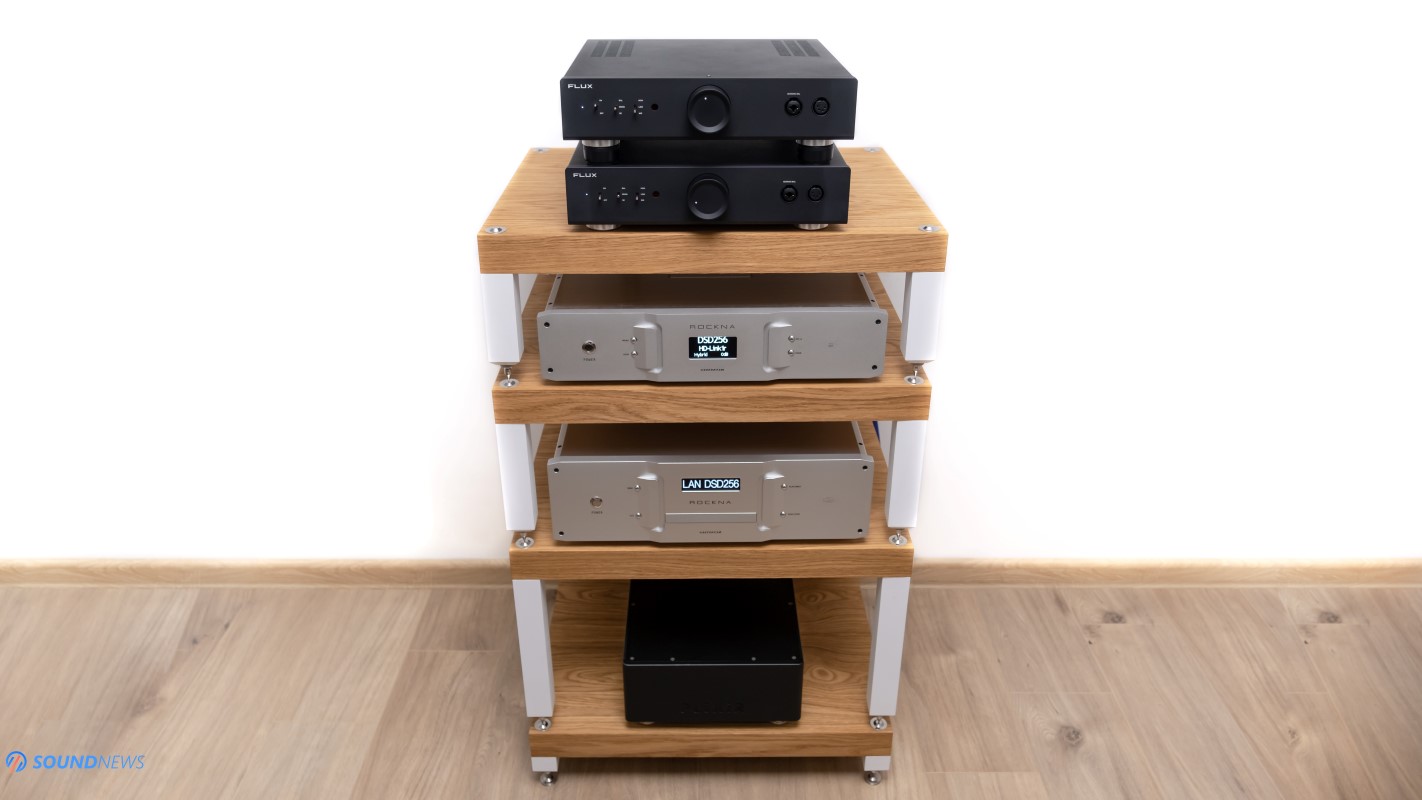
Test Equipment
Flux Lab Acoustics Mentor is a serious piece of equipment, and that’s precisely why I decided to test it with every headphone and IEM I have at my disposal. Firstly, I’ll be testing its noise floor with ultra-sensitive IEMs, then I’ll move to mid-fi desktop headphones, and finally, I’ll test it with all sorts of high-end dynamic and planar headphones. In the latter part of this review, I’ll be comparing it with the mighty Volot while driving the notoriously hard-to-drive HiFiMan Susvara.
It served as a dedicated headphone amplifier alongside a Rockna Wavedream Signature XLR DAC and Rockna Wavedream NET 4Tb Roon Server / Wired streamer, receiving the signal from the Ansuz PowerSwitch D3. It’s worth mentioning that I took measures to ensure optimal performance, including completely isolating the Ethernet connection and powering everything with a Plixir Power Elite BAC1500 passive balanced power conditioner.
All right, everyone, my body and soul are ready for some well-deserved music, so let’s hit some eardrums!
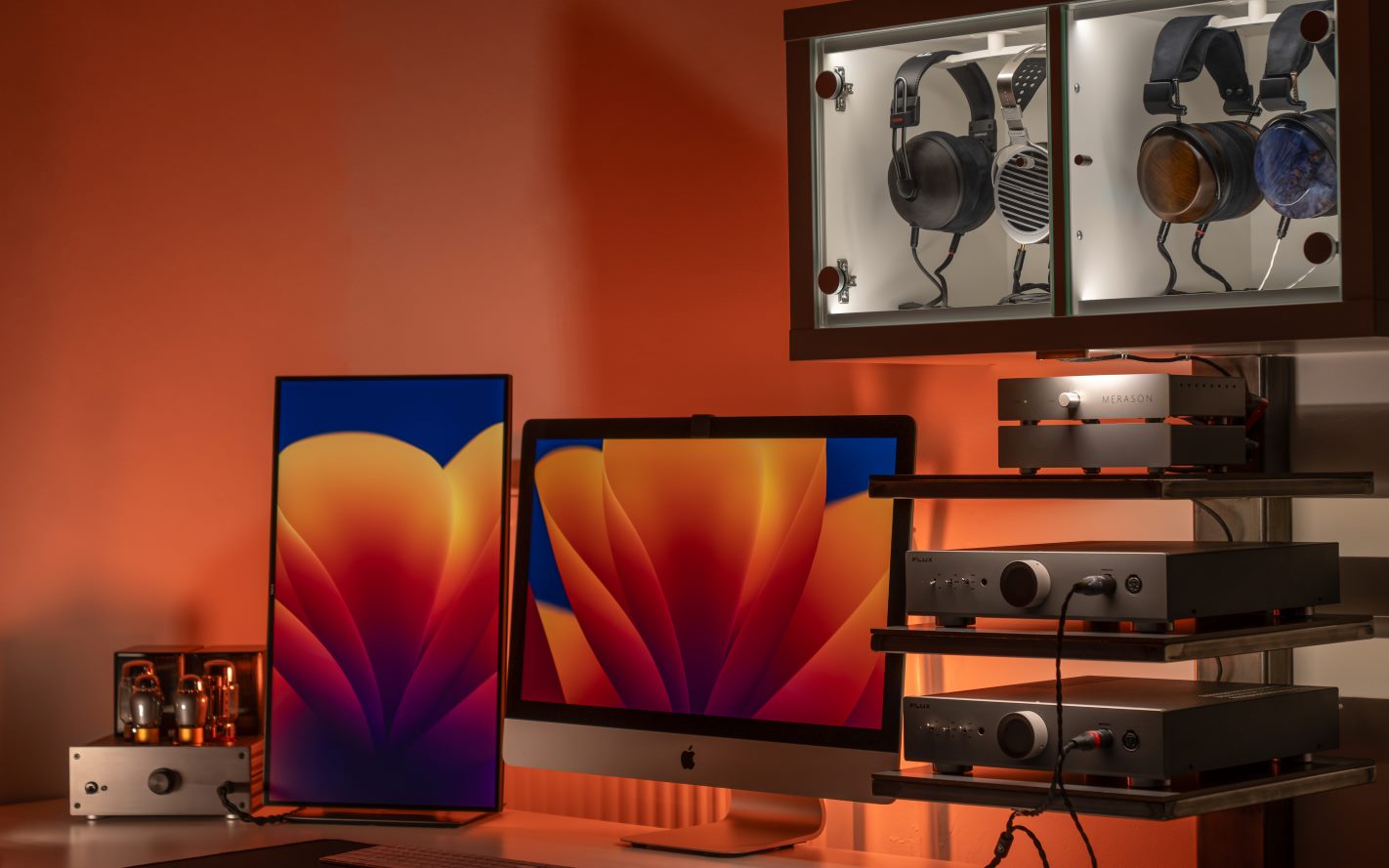
Sound Performance
I. Preliminary Impressions
I had the Mentor for more than three weeks now and at least a week, I’ve been cooking it nicely playing tunes on repeat. The Mentor has a much higher capacitance than an ordinary headphone amplifier, we have two linear transformers and a serious input and output stage, all of which need time to enter optimum parameters. It was clear to me that without 100 hours, it wouldn’t sing the way I like with all sorts of headphones. Since I was far away from home for the past 6 days, I asked my beloved to never touch it and let the music play and when I returned home, I was pleased to find that the unit was still barely warm to the touch. So don’t worry about long-term reliability, as this amp will be kicking eardrums even 20 years from now.
I took out the big guns, the Big Rig started playing which I usually use when critically assessing amplifiers, as I know that I’ll be squeezing 120% of what the Mentor is capable of. The first thing that hit me but didn’t surprise me was the wide soundscape that stretched wider compared to the usual solid-state (SS from now on) amplifiers that were sitting on my table. The funny thing is that their Volot is still, the widest and deepest sounding SS amplifier I have tried until now, somehow mimicking the sound staging capabilities of a well-designed transformer-coupled tube amplifier. A single Mentor isn’t quite there yet with the Volot, but boy, oh boy, the airiness, the holography, the effortlessness is truly overflowing in this one. After being a hardcore headphile for more than 15 years, I truly appreciate when a head-fi setup can portray a big picture and kickstart my imagination without closing my eyes. In a stereo rig, the sounds playing all around you are a natural phenomenon, but with headphone drivers sitting millimeters away from your eardrums, it’s quite hard to get a similar experience.
Still, some headphone amps will be doing that much easier and it seems that the Mentor is part of that secret headamp society. Known for how effortlessly and grandly it sounds even with the most demanding loads out there, I’m curious if a zero-channel crosstalk of two units and a triple power increase will further expand the sound on all axes…but if you are patient enough, you might have your answers.
The second thought that passed through my mind was the effortlessness, the ease it always had with complicated and overcrowded tracks. I could literally feel the dormant power, waiting to be unleashed with hard-to-drive headphones. I was barely going past 1 o’clock volume-wise with a pair of HiFiMan Susvara, and yet, these were punchy, dynamically engaging, and the amp was far from running out of steam. Plenty of life was still there waiting to be explored, and lots of power was still remaining on tap for even wilder dynamic swings.
I went full-scale invasion, total war, with the biggest and meanest weapons (headphones) available to me, trying a bunch of high-dynamic range DSD tracks and a couple of audiophile records that usually cripple less-impressive headphone amplifiers. After several hours of non-stop eardrum bombardment, the Mentor was still pushing dynamics so easily, flowing naturally, and never trying to push the sounds closer to my face or offend me with its tonality. Effortlessness usually comes with great power reserves and outstanding power supply designs, and I’m glad to experience all of this with a unit that doesn’t cost an arm and a leg.
The Volot was still in close vicinity, and after doing a hot-swap, I was in denial at first. I thought that maybe the passing of a close friend and relative made me a less rational thinker. I tried it again the next few days, and I’ve heard the same thing. I tried a few more tunes, and a couple of hours later, it was clear to me that the Mentor was by a hair more transparent sounding, more detailed in a way, and…Big Drum Roll… punchier sounding down low. I started flinging electronic tunes left and right, and there it was, undeniably but surprisingly, the Mentor was more dynamic, impactful, and meaner – skills that I always appreciated as a music lover and these things define, but more about that in a dedicated chapter.
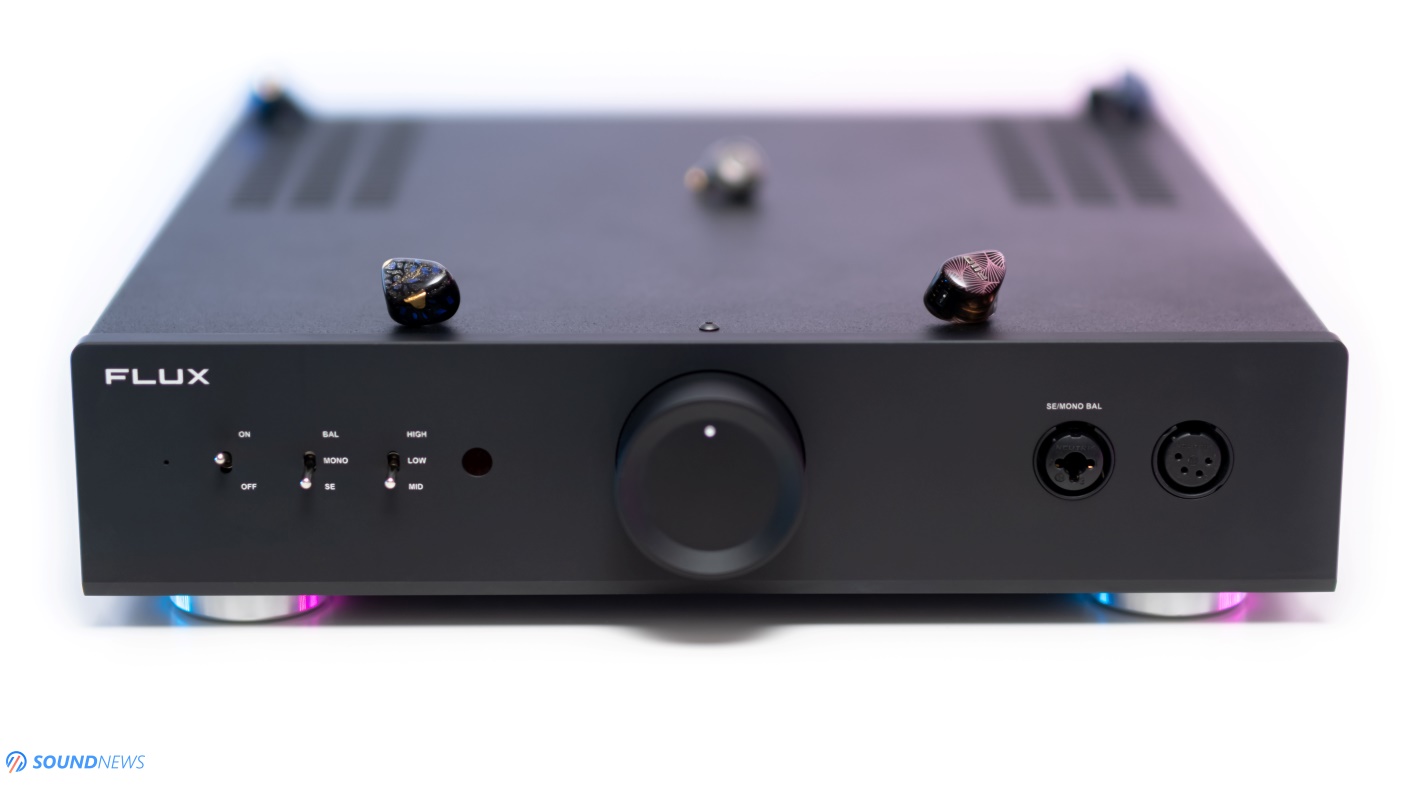
II. Noise Floor & IEM Compatibility
Imagine owning ultra-sensitive IEMs and having 11.000 mW of power available on tap, out of which a single mW is needed to blow your eardrums. What could possibly go wrong with 11.000 of them waiting to be released, right?
Rest assured, we have a logarithmic volume increase, so most of its power can be felt at the very end, atop a low-gain option available. Therefore, I don’t foresee a real problem in using sensitive IEMs with such a beast. I don’t use IEMs at all with desktop components; I prefer desktop dynamic or planar headphones at home, which will deliver me so much more. More dynamics, more details, more air, and more music in a more relaxed manner without assaulting my eardrums. However, I don’t judge people who use IEMs daily with desktop components, and you can certainly do so with the Mentor if you are cautious with the gain switch and volume knob.
As a general rule of thumb, amps that don’t use negative feedback or noise-shaping techniques won’t be dead silent. Op-amp-based amplifiers are known to have lower noise floors compared to more populated fully-discrete amplifiers, which, on average, have twice the number of components for similar power ratings. Considering that each electrical component generates its own noise, it’s no surprise that op-amp-based amplifiers work better with IEMs and high-sensitivity loads. We don’t have noise shaping techniques here, nor op-amps, and on paper, it should be noisier than the average headphone amplifier.
Foreplay was out of the question with the Mentor, so I went directly to testing it with the most sensitive IEMs I have in my collection, checking both its 6.35mm and 4-pin XLR jacks. Whether it was the HiBy ZETA, FiiO FX15, or Shanling ME800, all of them were completely dead silent when inserted in and out of the unit. Challenge accepted! I raised the volume to the 12 O’clock position with music paused to prevent frying their drivers, and still, I couldn’t hear any noise emanating from the amp. I lowered the volume to around 90 dB and started listening to live recordings with silent passages, and sure enough, the amp had the darkest background without a single hiss surfacing. Even at around ~110 dB SPL (measured via MiniDSP E.A.R.S), I still couldn’t detect any traces of noise. I even went louder (no longer using 300 Hz sine waves or music), and at around the ~3 o’clock position, I could discern that the amp was powered on, but obviously, at those volume levels, the IEM drivers would distort, and your hearing would be irreversibly damaged. I’m pleased to report that the Mentor is one of the cleanest-sounding headphone amplifiers I’ve had the pleasure of testing. You can confidently use the most sensitive IEMs without worrying about increased noise levels from the amp, as that simply wouldn’t occur with the Mentor.
The power supply implementation, voltage regulation, and filtering stages are top-notch, and considering that in amplifier design, everything relates to noise levels and distortion, I’m delighted to have never experienced noise or distortion with any of my headphones, regardless of the volume. A few years ago, you needed to shell out a hefty sum for a noise-less and distortion-less headphone amplifier at any volume level, but that is no longer the case with the Mentor gracing your table.
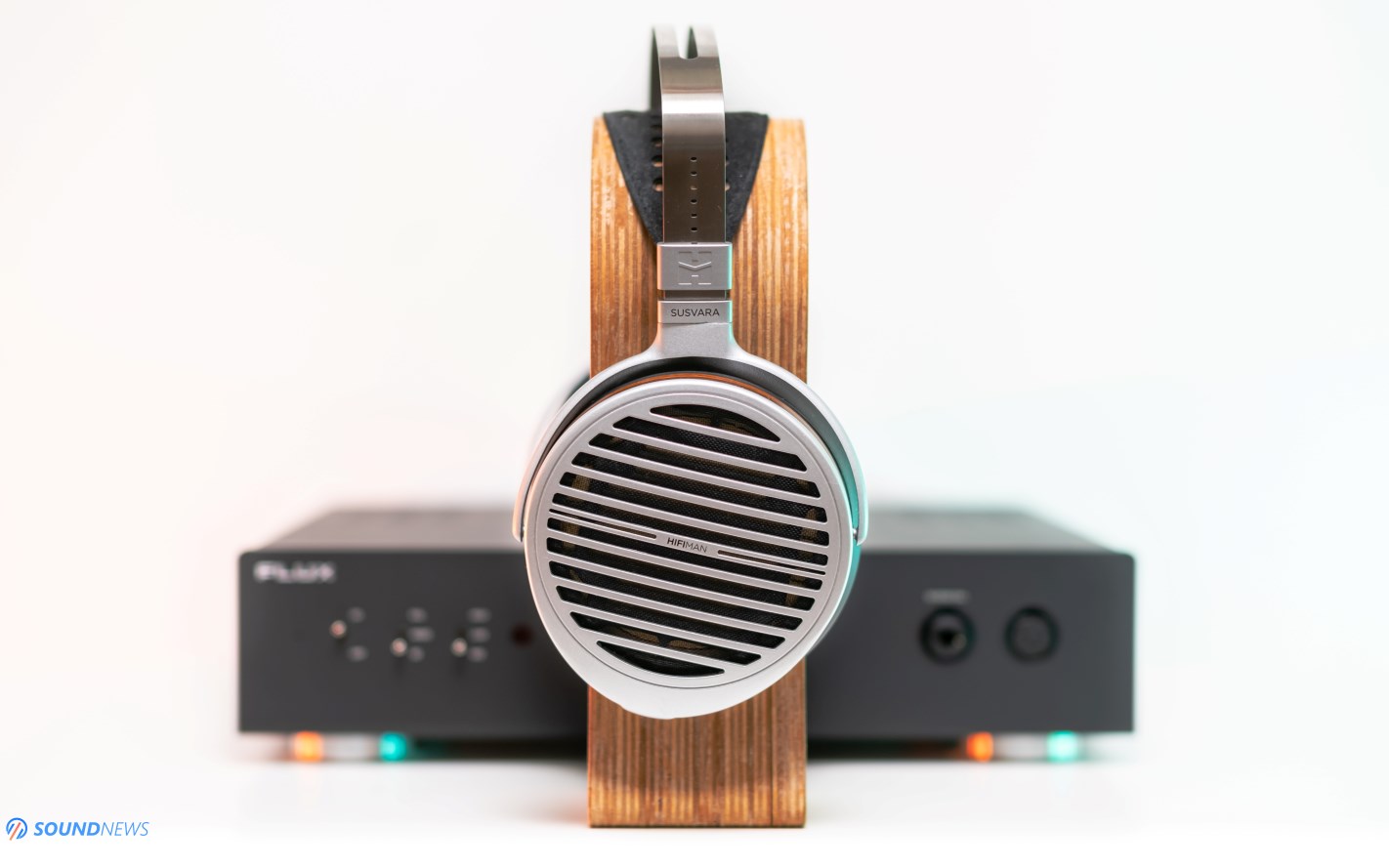
III. Power Output
Over the years I learned two things from this hobby: your TV is never too big and your amplifier is never too powerful. The concept of too much power never existed, you can only have too little of it. Whenever it’s an integrated, power or headphone amplifier. You’ll feel immediately that dynamics are going wild when lots of power runs through its circuit boards and vice versa, the sound loses its grip, and the effortlessness isn’t there anymore, replaced by a stiff and stressful sound that doesn’t infuse as much life and emotion into your tunes.
You won’t get a vast soundstage or impressive dynamics on portable devices (with a few exceptions), not the strongest grip over headphone drivers if there isn’t enough headroom on tap. The first headphone amplifier I tried capable of driving the heaviest loads, was the affordable Flux Lab Acoustics FA-10. Then Volot came along and shattered every record won by the FA-10 back in the day. A few years passed and I acquired pricier and higher performance amplifiers, but in terms of sheer power, soundstage width, and depth, the Volot is still reigning supreme, sitting on an iron throne, smiling from above.
With the Mentor, the power went down a little to 11.2 Watts per channel in 32 Ω and 1.6 Watts per channel in 300 Ω, which makes it the third most powerful amplifier to be featured around here, sitting a level below its older brothers such as Volot and FA-10. In reality, however, you won’t hear or feel a decline in power output, maybe just a little with demanding loads. We have a slightly higher gain on the Volot of 28.7 dB (High+ gain setting) versus 25.3 dB on the Mentor and sure enough, you’ll get slightly more headroom on the Volot and you’ll need to be deaf to go higher than 1 O’clock position even with the Susvara, leaving a substantial amount of headroom for any other headphones out there. With the Mentor, I’m raising the volume to the 2 O’clock position, for a similar sound pressure level (SPL), and again, lots of headroom is still remaining that leaves it breathing, never stressing the amp stage too much. For most folks out there, a single Mentor would suffice and deliver all the power you’ll crave about.
However, if you own at least several ultra-demanding headphones, you’re crazy enough and don’t like half measures, but only the best, then two Mentors used as monoblock amplifiers will triple the power output and deliver a staggering output of 33.5 Watts per channel in 32 Ω. These power ratings are not marginally better than any other headphone amplifier out there, these power ratings are Much Higher than anything I have ever seen, needless to say, it would be a challenge finding a power or integrated amplifier that will deliver as much power in the same load.
Combine 33.5 Watts per channel with an increased gain of 31.3 dB (via high gain) and suddenly, the most demanding loads will feel like driving sensitive IEMs, getting loud with a marginal wheel turn. Even the Flux team recommends lowering the gain with the Susvara & Co to medium, for a decent volume travel, otherwise 10 O’clock volume position will be louder than a rock concert.
The latest flavor of the month of the headphone kingdom is definitely the Mod House Tungsten, which as far as I know, has the lowest sensitivity out there and it seems that the Flux team wanted to create an amp that could fully drive them, especially when two units are working as a team. Besides playing with lots of headphone amplifiers on a daily basis, I’m also deeply rooted in the stereo movement and when I want to rock out via headphones, nothing does it better than connecting headphones via an adapter cable to a power-overwhelming combo such as Chord Electronics Ultima 5 power amp controlled by the Ultima 3 preamp. While the Mentor stack doesn’t provide as much power, you could still feel the dormant power waiting patiently to be unlocked and regardless of what headphones you’ll be using, the Mentor stack will fully energize them! It’s redundant to mention the power output of the Mentor stack, as you might discuss their technicalities and sound characteristics via online forums, but never their power reserve, which feels (almost) limitless.
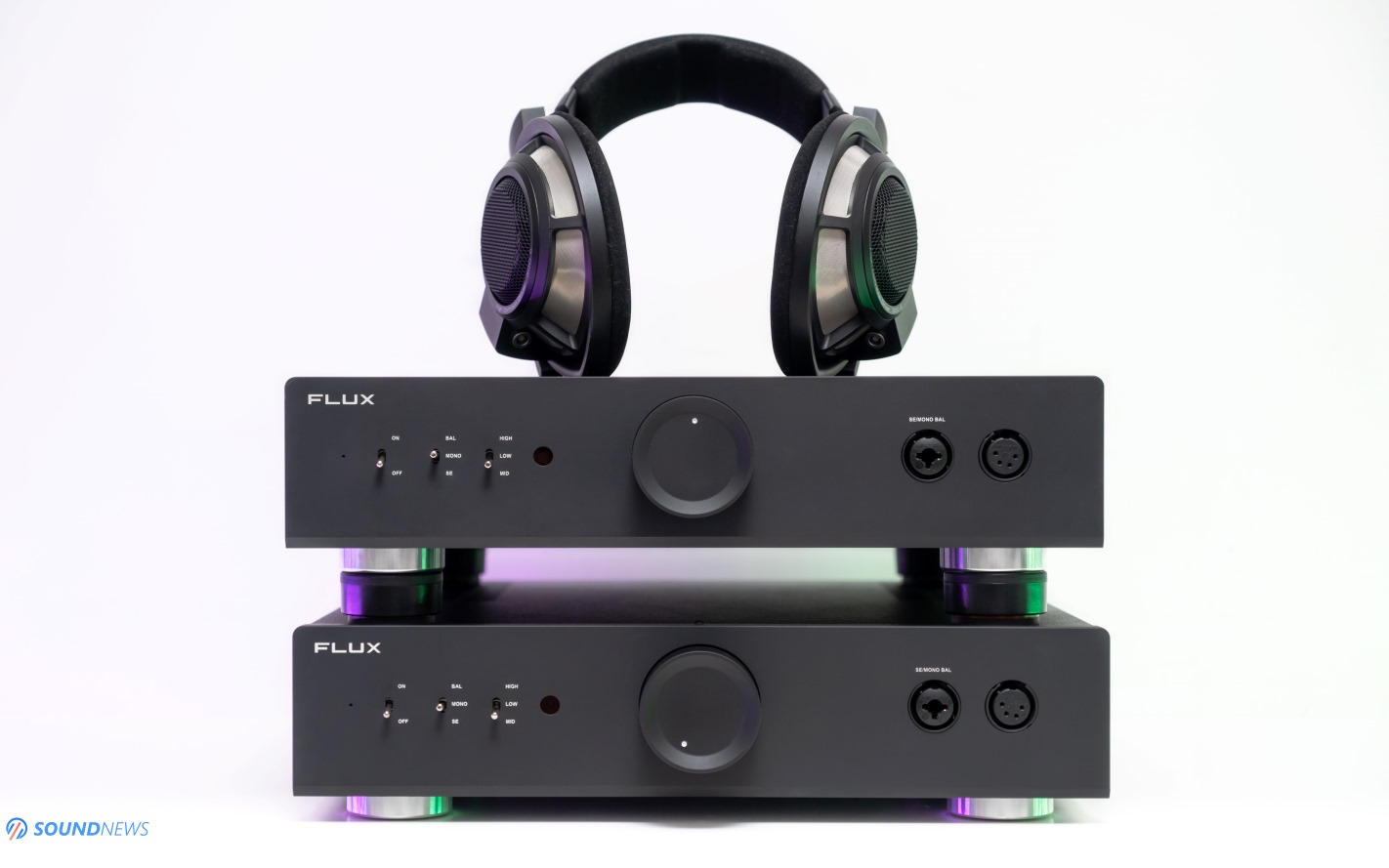
IV. Dynamics & Transient Response
While the dynamics and transient response are directly influenced by the amplifier that drives your headphones and speakers, the downstream equipment also plays a role, albeit to a lesser degree. Over the years, I invested in world-class digital to analog converters, digital transports, and wired streamers, because they are crucial for properly assessing amplifiers, headphones, and loudspeakers. For me, the source is more important than the amplifier that follows due to the GIGO concept (Garbage In -> Garbage Out) and because I prefer an honest sound that doesn’t limit my amplifiers in any way. Over the years, I’ve observed that D/A converters have their own voicing; they have a say in terms of dynamics and transients. As of today, I’ve settled on the fastest, punchiest, and most revealing converters available, ensuring that I’m feeding the cleanest signal to the Mentors.
Right from the start, I noticed a slightly faster pace versus the Ferrum OOR – which is also a fully discrete headphone amplifier that I enjoy very much. The OOR boasts a thicker tone and timbre, predominantly emphasizing bass and midrange notes and rolling off treble information in the upper regions. The OOR impresses with a strong punch in the lowest octaves and the bass still lingers milliseconds later, having a longer decay than usual. By comparison, the Mentor stack feels snappier, it responds faster to the commands coming from the D/A converters, and the notes transition more believably, especially with faster-paced tunes. It maintains an honest attitude towards frequency response rendition, as nothing goes out of balance and nothing feels overpowerful or rolled off. It has impressive control over headphone drivers and this is one of the most impressive skills of the Mentors, without delivering the thunder in the lowest octaves.
After a few back-and-forth comparisons, I was genuinely surprised to hear a faster transient response versus the Volot, including a stronger kick in the eardrums. While the Volot performs admirably in this aspect, the Mentors are definitively snappier sounding. The Volot is slightly smoother, not striving to impress with rapid dynamic changes. It excels with blues, jazz, classical, and acoustic music, but the Mentors offer a more universal sound. For instance, electronic music feels more energized on the Mentors. If you’re into modern psytrance, the Mentor will deliver impressive dynamic shifts. Tempo changes happen instantaneously, and if your headphones are fast enough, be prepared for an “audiophile beating.”
The Flux team recently revealed their newest M-Field headphone amp, which ditched bipolar transistors in favor of thicker-sounding MOSFETs. If you are willing to sacrifice the nimbleness of the Mentor and its fast transients for a stronger bass kick, then the M-Field might be a better option. The M-Field is tuned for warmth, having a thicker tonal balance, whereas the Mentor is considered the true wire-with-gain amplifier, not interfering much with the tonal balance.

Mr. Bill and Infected Mushroom recently released a single together called Rawthentic (Qobuz / Tidal), which epitomizes raw and authentic sound! The pace is much faster than usual, with bass notes hitting from different angles, having long and super short decays, foreground and background sounds, depth, and plenty of positive vibes will surely follow. All that’s needed is an amplifier that tightly controls headphone drivers and expands everything, allowing you to focus on any sound you desire. The Mentors excel in the control department and remain one of the widest and deepest sounding amplifiers. Whether it’s psytrance or live records, they won’t distort your tunes but reveal their unadulterated beauty.
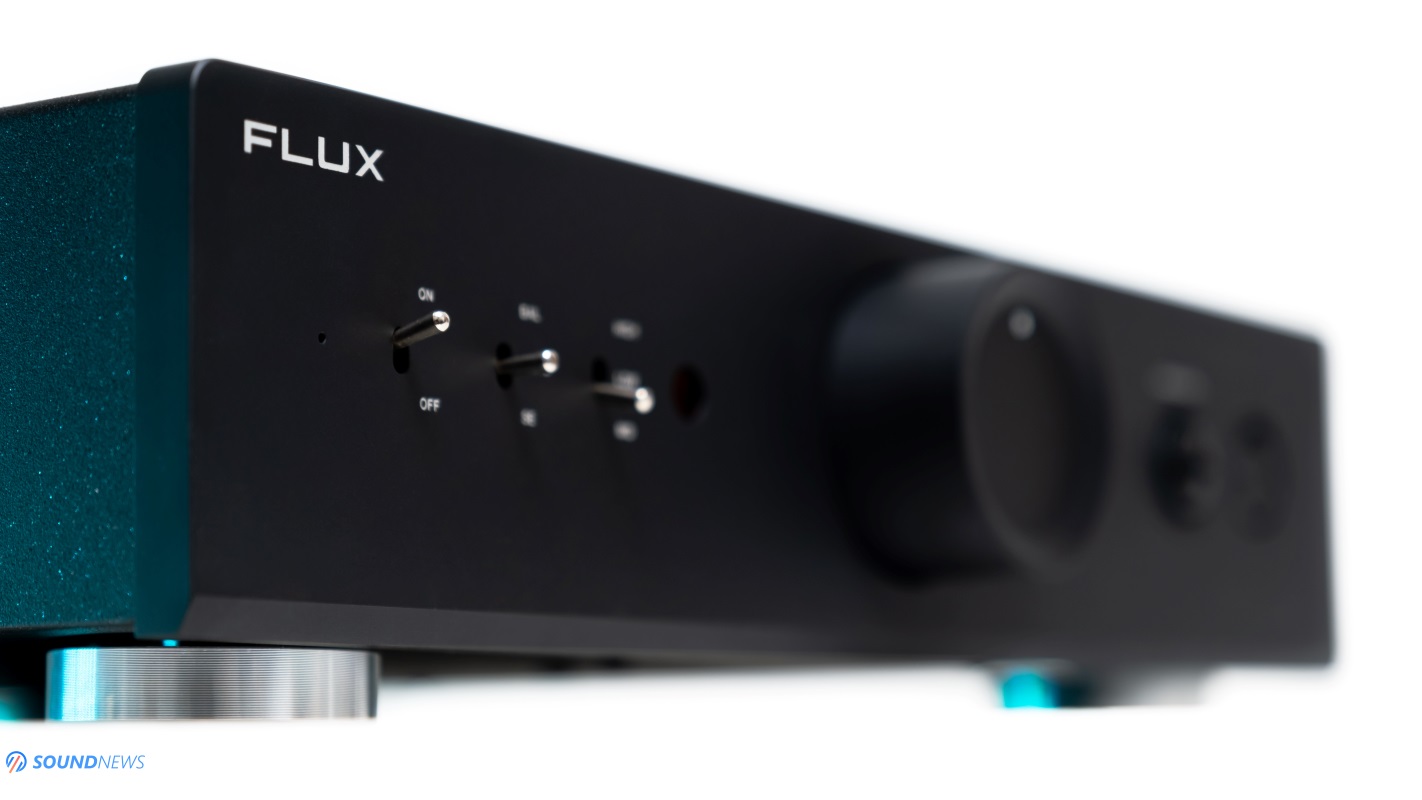
V. Soundstage & Imaging
Holy smokes! How in the world are there no vacuum tubes in sight, yet I’m getting hit with these funky double triode vibes while grooving to the Mentors? One unit alone already stretches out music’s canvas wider than the norm, and after spinning through a pile of headphone amps, I got to hand it to the Mentor, teaming up with the Volot – they’re still the undying gladiators of this arena. Can’t quite put my finger on why their sound feels bigger and deeper than the Grand Canyon, but trying to outdo them here would indeed pose a considerable challenge. And when you double up on Mentors? They are outshining the Enleum AMP-23R ($6500), the Burson Voyager Deluxe ($4200), the Holo Audio Bliss KTE ($3400), and the Ferrum OOR & HYPSOS ($3200) when it comes to sheer scale and depth. It’s a tie with the Volot, but sometimes, I swear the Mentors are sneaking ahead, nudging those tunes just a smidge farther away. The zero crosstalk of two units splits the left and right channels, probably adding to the vibe of this vast, airy sound that just lets you kick back and ride the wave.
The only amp in my stash that outshines two Mentors, especially in the depth department, is the Trafomatic Primavera ($15,000), but hey, no surprises there. Potent zero-feedback units are the undisputed kings of the amplifier jungle, even if they do a number on your wallet.

As Landmark and later Waltz for Django by Antonio Forcione (Qobuz / Tidal) began playing, within seconds, I reclined in my chair as though the sound emanated from loudspeakers positioned several meters away. Antonio’s virtuosity with the guitar feels utterly natural; it’s as if he’s performing nearby yet simultaneously distant – a curious sensation indeed. There’s simply no way this auditory experience could stem from a pair of Meze Elite headphones paired with two headphone amplifiers. The sound can only be characterized as incredibly airy, open, and expansive, stretching in all directions, thoroughly enveloping me and disconnecting me from the outside world. It’s moments like these that I cherish when listening to headphones—moments when the sound transcends the confines of mere millimeters from my eardrums, evoking the ambiance of a full stereo setup. Only a handful of headphone amplifiers possess the requisite finesse to replicate such a performance, few indeed have the capability to spread their wings, allowing the music to soar effortlessly. Yet, the Mentor stack accomplishes this task with remarkable ease, delivering a flawless 10 out of 10 experience across all axes.

Alive by Ajeet, Peia, and Nessi Gomes (Qobuz / Tidal) appears deceptively simple on the surface but reveals its complexity upon subsequent listens. Three voices intertwine seamlessly, accompanied by a variety of acoustic instruments that shift positions intermittently. On the wrong setup, this track could easily fall flat and lose its allure, but on the Mentor stack, it undergoes a radical transformation. It’s astounding how profoundly the holographic rendition of music can impact our sense of well-being. This track has the power to induce a meditative state, drawing sounds not only from the expansive panorama before you but also from unexpected directions – above, below, and behind, creating a truly immersive experience. While not recorded binaurally, it certainly feels like it, serving as a testament to the Mentor’s remarkable ability to manipulate sound and place it at varying altitudes and distances from the listener.
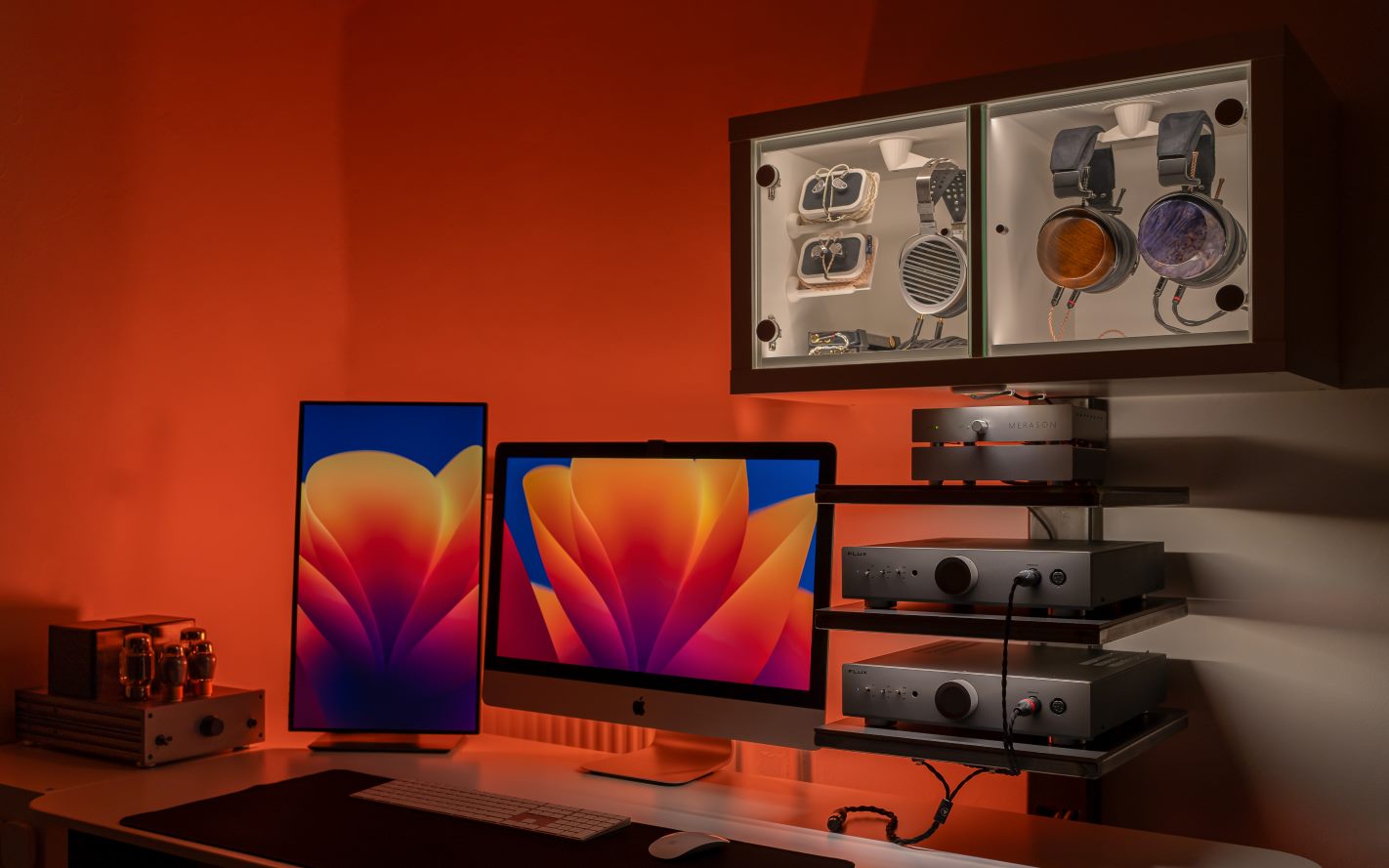
VI. Resolution & Transparency
Flux Lab Acoustics didn’t release the Mentor as just another middle-class headphone amplifier; in many ways, it’s positioned as the last headphone amplifier you’ll ever need. After several discussions with the minds behind this creation, it became evident that the Mentor was crafted to deliver a colorless sound, striving for transparency and detail fidelity as close to the source material as possible, with minimal alteration to the frequency response. Following a comparison between the Mentor stack and the Volot, I can attest to a comparable resolution and dynamic range. If you’ve had the pleasure of experiencing the Volot, then the Mentor will offer a similarly resolving sound, perhaps even slightly clearer by a narrow margin. Please refrain from inquiring about the source of this additional resolution; as I’m still scratching my head over it.
For those unacquainted with Flux Lab Acoustics’ signature house sound, envision a crystal-clear audio output that doesn’t accentuate treble frequencies, the leading edges, or the upper treble energy. You’ll discern every sound with precision, but without the sharpness that some amplifiers tend to exaggerate. Amplifiers employing Topping’s NFCA technology or THX-AAA architecture often exhibit a hint of sharpness and strong leading edges, hindering full immersion into the music. The Mentor, however, eschews such characteristics. If you’ve experienced fully discrete amplifiers powered by linear transformers, then you’ll know what to expect. There’s a caveat, though: the Mentor doesn’t emulate the vintage fully discrete amplifier sound that blankets the music with a thin veil. Its clarity in this regard is exceptional, providing impressive macro and micro-level details without introducing sharpness artifacts.
Whenever something is extracted from the music, a ripple effect occurs. Amplifiers employing noise-shaping techniques tend to produce an unnatural, unreal sound as if something vital is missing from the overall experience. And no, it’s not just the reduction of the noise floor; it affects the soul and naturalness of the music. Fortunately, the Mentor sidesteps these issues. Its noise is mitigated by a robust power supply, along with regulation and filtering stages, preserving the naturalness and intricacies, encompassing both the good and the bad at the micro level. While there’s a very limited number of amplifiers I’d describe as more resolving, they typically come at a price point four to six times higher than that of a single Mentor. For this reason alone, as previously mentioned, the Mentor could indeed be the last headphone amplifier you’ll ever need.

As Pride and Joy by Stevie Ray Vaughan kicks in (Qobuz / Tidal), the guitar shredding hits with sheer beauty, eliciting a grin from ear to ear. Wow! The Mentors are truly rocking it, injecting dopamine into my veins in no time. This record may not qualify as crystal-clear, but the raw textures emanating from my headphones, showcasing Stevie’s astounding guitar prowess, are undeniable. Transitioning to Rude Mood, one of my feet starts tapping involuntarily; the tempo is relentless, with the drums paving the way for an electrifying guitar performance. I wasn’t surprised hearing every nuance here, there and…everywhere, I was amazed by how authentic, raw, and quite mean everything sounded. The Mentors are enhancing music’s energy and that’s more important than the resolution game alone.
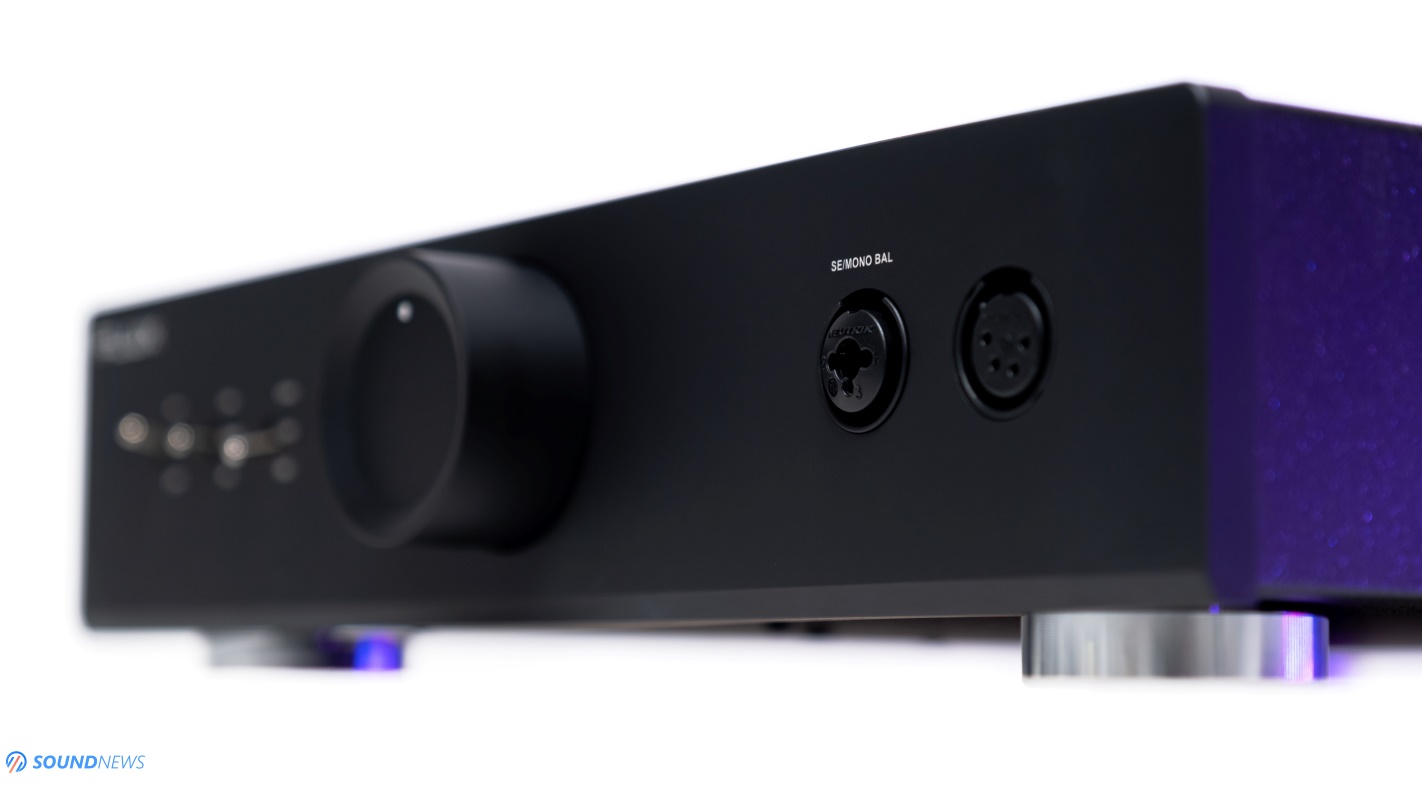
Frequency Response
VII. Bass
The low end is cavernous, it plays biggity big, unlocking all the layers and sub-layers, covering lower tonalities, and showcasing its qualities more than its quantities. It’s mean and meaty sounding alright and it will probably lure vegan audiophiles back into the realm of omnivores. Bass-intensive tracks aren’t necessary to discern (and feel) its prowess and omnipresence. With op-amp-based amplifiers, I’m usually getting a short thump and decay of the bass, with little to no inner texture or meat on the bone. With the Mentor, I don’t have such issues anymore, there’s more texture and energy oozing from the low end and it doesn’t fade out as fast. The bass notes don’t hit a brick wall but instead decay naturally, allowing you to focus and trace them until they dissipate. This, in turn, enhances the overall experience provided by an amplifier that delivers ample power. Power output directly impacts bass sustain and decay, and since we have nearly unlimited power levels, the same can be said for the bass qualities of this amplifier. When two units are driving your headphones, the bass quantity improves across the board, with stronger dynamics permeating your tunes.
It becomes punchy with low-sensitivity cans only when two units are working together, and if you prefer your bass mean and effortless, then your wallet will be crying in pain twice as much.
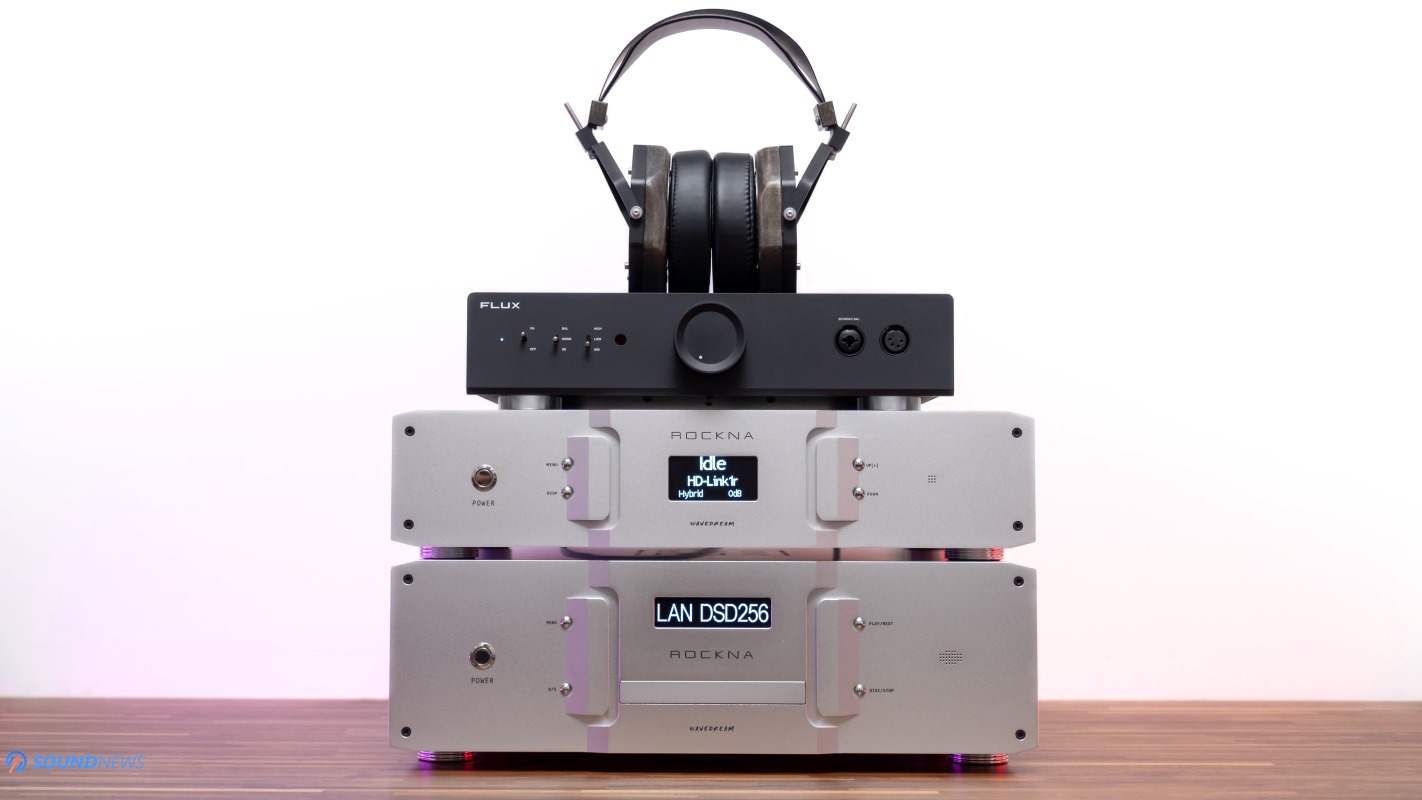
VIII. Midrange
The Mentor was tuned for a highly technical, reference sound that wouldn’t stain or color its performance in any way. This doesn’t mean we’re left with a flat and uninteresting sound, as that won’t be the case with overpowerful fully discrete units. In this regard, the Mentor walks the same path, paved by the Volot two years ago. While you won’t get an overflowing sensation of sweetness, warmth, and saturation, traces of those qualities persist, and regardless of the setup or headphones used, the Mentor will never sound thin or lifeless in this department. There’s still plenty of nuance and beauty, the voices in particular stood out with valve-like characteristics. Whether it’s a crowded track, a grainy tune, or a century-old record, the separation of notes allows me to focus on whichever sound I choose. It performs admirably with all sorts of instrumental and acoustic music, infusing life into otherwise lackluster headphones. While the midrange doesn’t feel elevated or rolled off, my tunes brim with life and emotion, as if I’m not merely listening to records but to a live performance unfolding before my eyes.
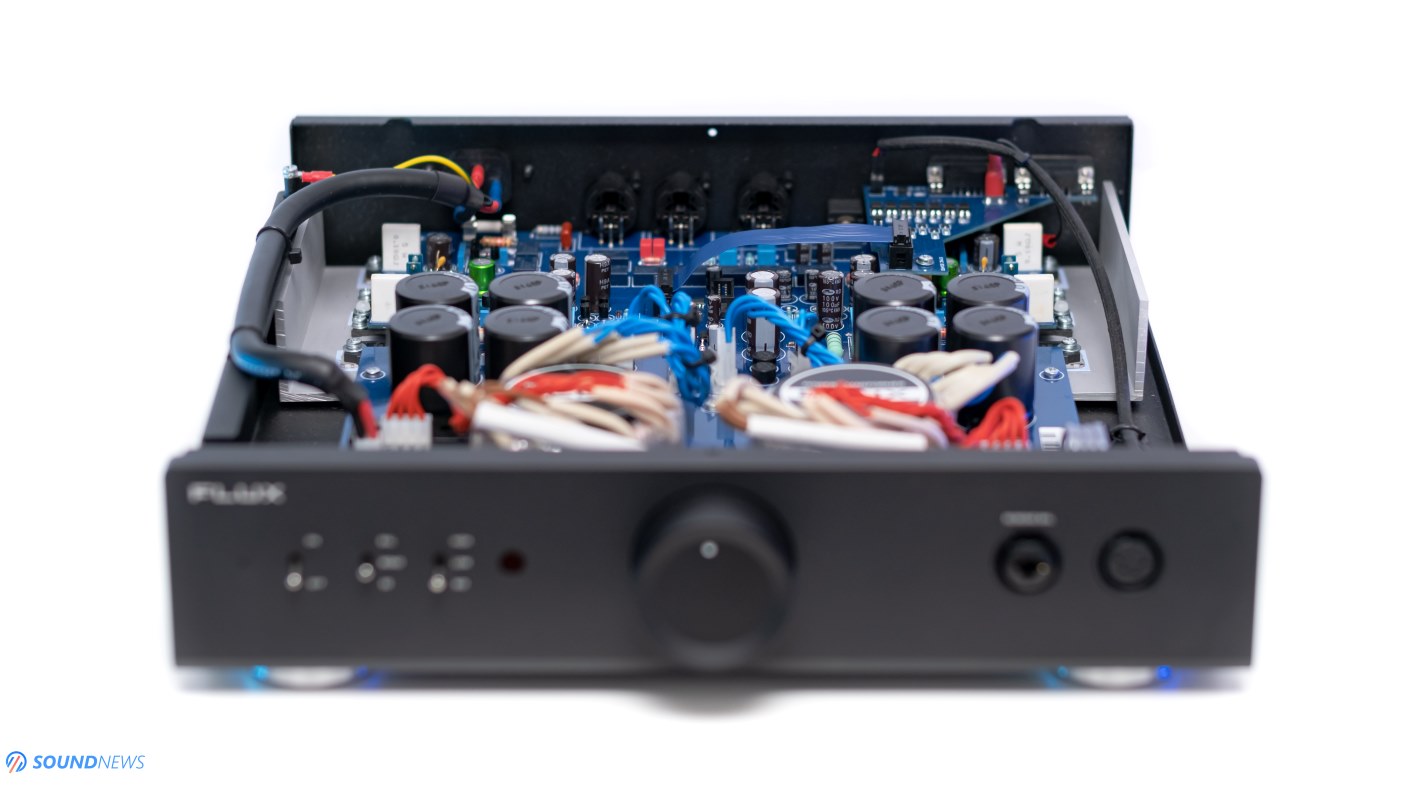
IX. Treble
One of the hallmarks of fully discrete amplifiers is the preservation of texture and vibration in the treble. It’s one thing to have sharp trebles on the surface, strong contours, and leading edges, but without feeling the impact behind the beats of big drums and snares. The treble region, like everything else, isn’t solely about detail but also about the energy and vibration carried by each note. I appreciate it when an amplifier adds depth and texture to the sound, and it seems that the Mentor excels in this regard. It exhibits a higher-than-usual extension in the treble; for example, there’s more vibration and information compared to the Ferrum OOR, but not as much as the Burson Soloist 3X GT 2023. The Mentor strikes a balance, avoiding excessive roll-off like the OOR while steering clear of overly bright tendencies like the 3X GT sometimes does. The trebles aren’t excessively bright or dark, soft or hard; I find them close to perfect. Rock and its sub-genres make up a significant portion of my audiophile diet and if such tunes don’t sound right to me, I will move on to something that renders the treble properly. The Mentor doesn’t overdo it; it doesn’t try to overly sharpen the image or exceed its capabilities. It’s an honest-sounding amplifier that lays its cards on the table before the game even begins. I have this strange feeling that treble enthusiasts and vacuum tube aficionados will likely fall in love with the melody sung by the Mentor, ultimately satisfying both camps.
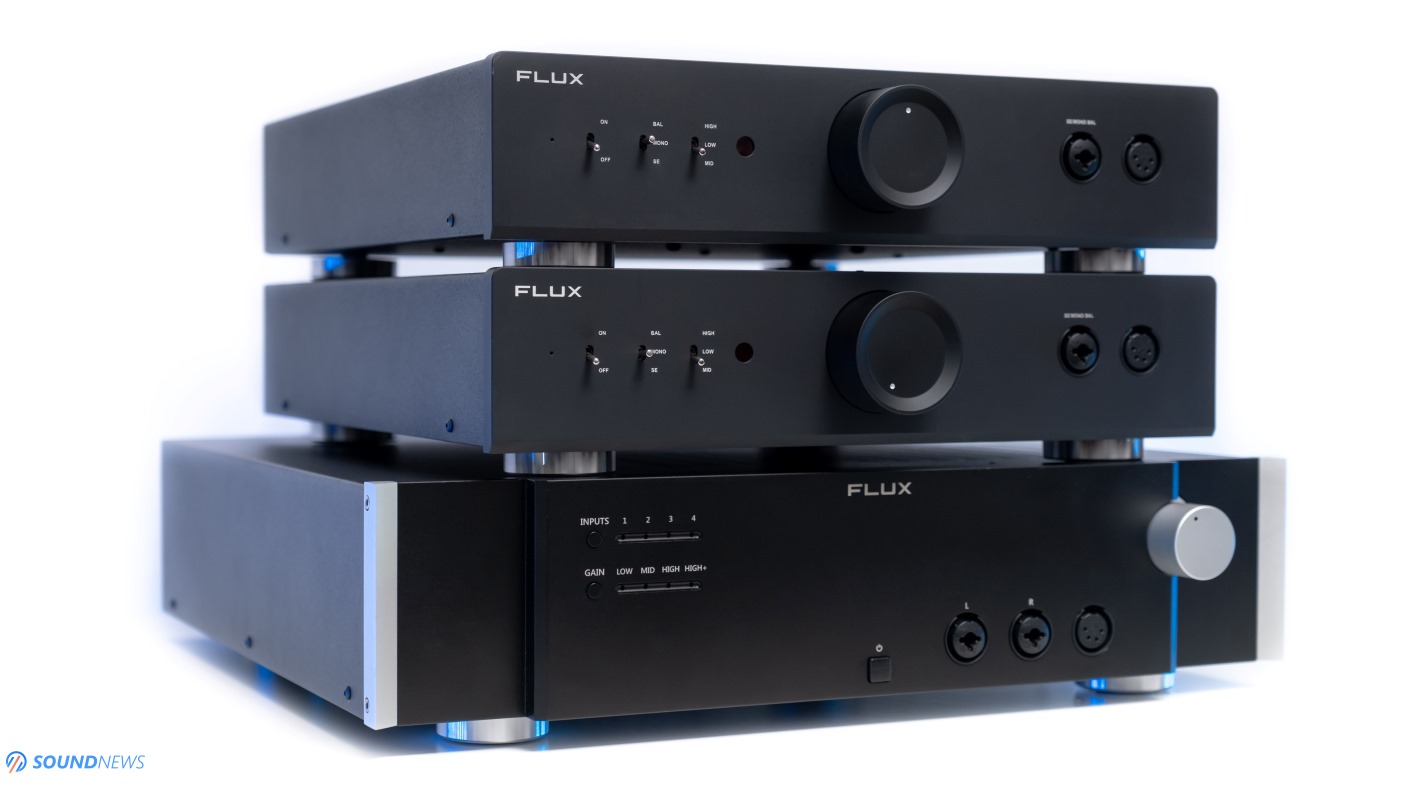
X. The Big Flux Lab Acoustics Showdown
Most of you are probably asking the same questions as I am: “Do I need a secondary Mentor, or would a single one suffice for my headphone collection? If I opt for two units, will they sound superior to a single Volot, or do the Mentors still lead the pack?”
Great questions, folks, and fortunately, I have all the answers for you.
A. Flux Lab Acoustics MENTOR ($1.299) VS Flux Lab Acoustics 2X MENTOR Stack ($2.599)
Before diving in, let me enlighten you about a few things if you’re considering the stack. Alongside the usual accessories, you’ll receive an RS-232 cable that connects both units, with one end labeled as Master and the other as Slave. You’ll decide which unit acts as the Master, controlling volume and On/Off functions for both, and which serves as the Slave, where only the gain position is adjustable. It’s recommended to keep the power switch off and the volume at the lowest setting on the Slave unit. If you opt for the optional remote control, it also works with the stack.
After toggling between single and dual-unit setups, it became clear to me that certain headphones benefit greatly from the stack, some see marginal improvements, and others don’t react much at all. In my humble opinion, most of you won’t require the 2X stack, especially if you’re still rocking mid-fi dynamic headphones like the HD650 or various AKG, Beyerdynamic, and Grado models. A single Mentor will effortlessly drive such loads.
It’s worth noting that even with mid-fi headphones, there are still additional benefits to be had with the stack, particularly in the soundstage and depth realms, where the stack delivers a wider sonic landscape and tighter control over headphone drivers.
However, if you’re sporting Abyss headphones, HiFiMan HE-6 or Susvara, DCA Stealth, Expanse, or the latest FOTM – Mod House Tungsten, then the difference is palpable, requiring minimal effort and time to appreciate the added benefits. When the Mentor stack serenades you with music, effortlessness is the name of the game. The unlimited headroom makes a grand entrance, reinforcing the sensation of having an abundance of power at your disposal. Then there’s the depth and scale of the music, which undergo significant improvements; there’s more void space between notes, more silence between passages, and simply a larger sonic canvas unfurling before your ears. The soundstage stretches wider, to the point where the Volot no longer reigns as the king of solid-state amplifiers in terms of sheer size. With ample power on tap, there’s also a firmer grip over headphone drivers, allowing them to fire relentlessly with electronic tunes. With a single amp, the sound is slightly more reserved, lacking the same punch and impact.
The frequency response remains unchanged, with the exception that bass notes linger microseconds longer if the music demands it. The sound quality elevates, enhancing transient response along the way. This double-trouble stack sounds so good for the price that it makes me wonder why they didn’t slap on a higher price tag. With that being said if you’re still investing in IEMs and mid-fi desktop headphones, then it would be a wiser choice to go for a single Mentor that is more than enough for most headphones out there.
B. Flux Lab Acoustics 2X MENTOR Stack ($2.599) VS Flux Lab Acoustics VOLOT ($2.549)
I’ve kept the Volot around for years, and there’s something about it that hasn’t been surpassed until today: the sheer scale of the music. The Volot was one of the first amps capable of fully driving the Susvara & Co., and I somehow became attached to it. I have a soft spot for massive and weighty amplifiers, which is another reason the Volot stuck with me for so long. I loved everything about the Volot, except for the fact that it was slightly genteel and smooth-sounding compared to the rest of the fully-discrete crowd. Given my eclectic taste in music ranging from slow to fast, crowded to expansive, aggressive to soothing – I needed an amplifier that possessed all the requisite skills. Since the Volot didn’t quite pack the same punch in the lower end, I mainly used it with smooth and laid-back music, especially live blues and jazz.
Upon comparing the Volot with the Mentor stack, I immediately detected the Flux Lab Acoustics house sound; the tonality was nearly identical. Both deliver clean, resolving sound without straying from linearity. They possess a good linearity, meaning they don’t sound dull or thin but rather lively and enjoyable over the long haul. After upgrading to the Susvara and powering up the Big Rig (Ansuz PowerSwitch D3 + Rockna Wavedream NET Roon Server + Rockna Wavedream Signature XLR), the Mentor stack revealed itself as slightly more revealing and, by a hair, faster and more impactful. I repeated my tests the next day, and lo and behold, the same phenomenon occurred: the Mentor stack had more punch, the tunes moved faster, and additional information emerged. Given the surplus headroom and power, zero crosstalk, and slightly higher technicalities, it pains me to admit it, but the Mentor stack surpasses the Volot in every respect.
The Volot maintains a slight advantage in connectivity, boasting two pairs of RCA and XLR inputs, with a version even featuring a preamplifier circuit – a double win. The Volot remains a superb-sounding amplifier, and everything I’ve said in my dedicated Volot review still stands. However, the Mentor stack is objectively better (as measured) and subjectively superior (as perceived).
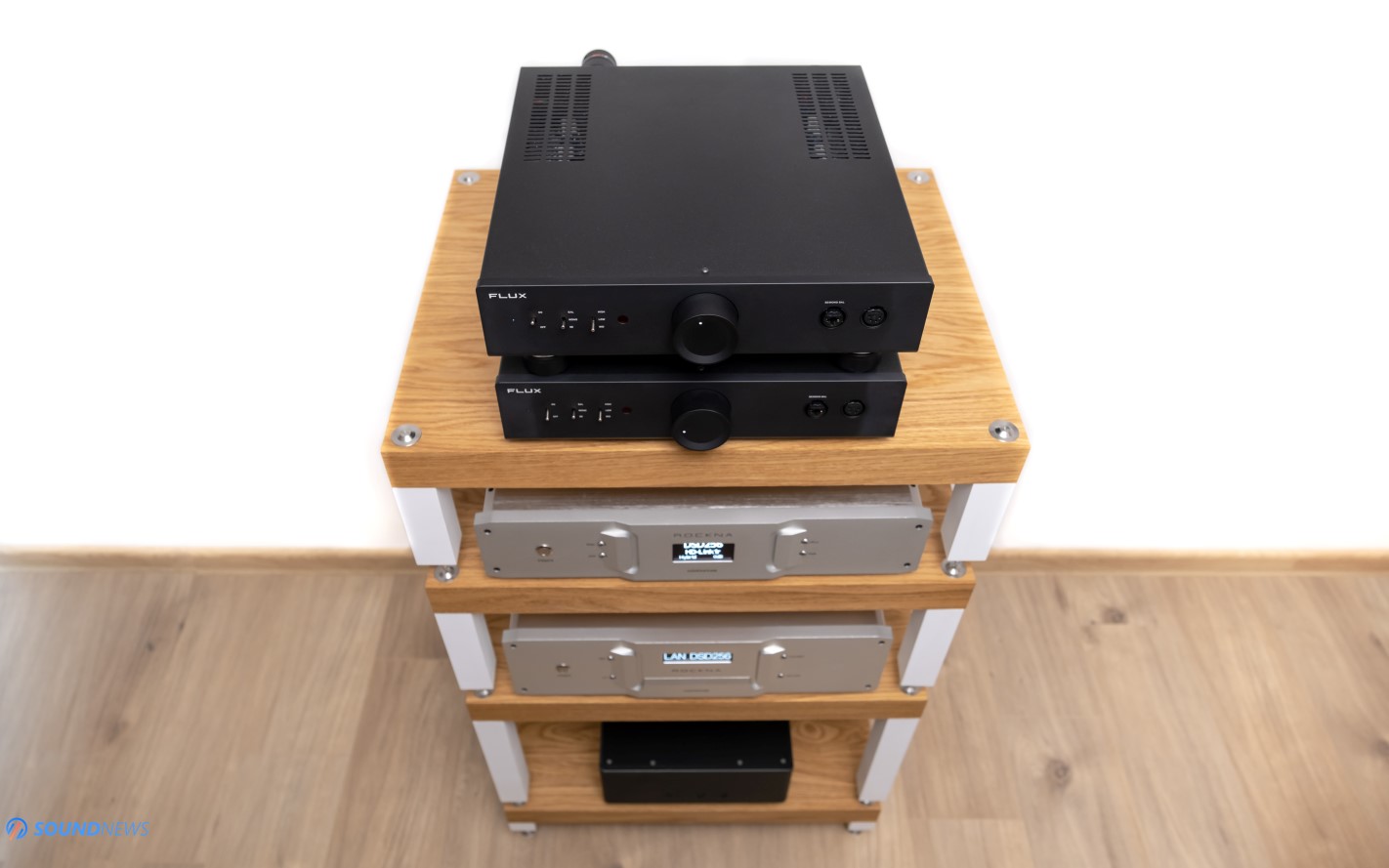
My Conclusion
Before I jump to my conclusions, let me remind you that these folks are situated in Kharkiv – the front line of the Russo-Ukrainian war. Picture this: these amplifiers are crafted in batches, not when bombs are raining down on their heads, but when new components arrive to be assembled. Now, I happen to know electronics quite well, but more importantly, I’m familiar with the cost of all these components. If I peek inside my Enleum AMP-23R, I can spy about ~$700 worth of components snugly nested in a ~$1300 chassis, sold for $6,250, and yet, I still forked out my hard-earned money for it because I quite fancied its sound.
When I cast my gaze upon the Mentor, I see around $700 worth of components crammed into a roughly $300 enclosure. Some amp builders are making a pretty penny with every amplifier they sell, while others are just scraping by, barely covering their bills and putting food on the table for their families amid war. So, asking if the Mentor is worth its price seems redundant to me. I reckon it’s priced lower than the performance it delivers, and that’s my honest, unfiltered opinion. There’s a reason Flux Lab Acoustics sells their creations directly – their profit margins are so razor-thin that nobody else would bother to work with them. When you purchase a Flux Lab Acoustics amplifier, you’re not just buying an amplifier, period. You’re supporting a cause, a family; you’re giving them pride in their craft and hope for a brighter tomorrow. For all of them.
Setting aside my sentimental feelings for a war-torn country and planting my feet firmly back on Earth, I can’t think of a current production headphone amplifier that poses a threat to the price-to-performance ratio offered by a single Mentor. Sure, I’ve heard better-sounding amplifiers, but those come with much heftier price tags, making the Mentor a true steal – a David among Goliaths, if you will – an amplifier I can wholeheartedly recommend without any twinge of regret.
Let’s cut to the chase: the Mentor was utterly noiseless with IEMs at actual listening volumes, boasting the power and headroom to handle any current production headphones. It was blessed with a reference tuning, striving to extract every last morsel of information from your tunes. There’s no added noise or distortion at any volume level, delivering back a pure, unadulterated analog power. All of this is offered for a price tag of $1,229 (without mono input), $1,299 (with mono input), or $2,599 for the 2X Mentor stack – a price point I find rather appealing and quite within reach.

Without a shadow of a doubt, the Mentor stack has earned our highest Gold Award, and I eagerly await their next innovations.
If you’re snagging a unit or two, drop me a line in the comments section below, and don’t forget to hit that Subscribe button on YouTube – it means the world to me. That’s all for now, folks, Sandu’s signing out!
One more thing, Michael, you’re a rockstar, my friend! Thanks a bunch for the stellar pics!
PROS:
- Massive & weighty, rocking a minimalist design
- Low working temperatures ensure a long service life
- Choose between Powerful and Overpowerful (2X). In either case, there isn’t a headphone out there that Mentor won’t drive fully
- Effortless sounding at all times, having one of the best driver controls I experienced thus far
- Incredibly resolving and clean sounding, won’t bottleneck the sound coming from your source
- A vast, open, and wide sound that goes as deep as the Mariana Trench. Impressive sound staging capabilities
- This is a dead-silent amplifier via low gain with the highest sensitivity IEMs I had at my disposal. IEM friendly indeed!
- Covers the frequency response in full, without rounding the frequency extremes (sub-bass and upper treble)
- A reference tuning was utilized when developing this amp, which had a direct impact on its technicalities and frequency response
- The pace is faster versus that of the Volot and the kick in the lowest octaves feels also stronger, especially when two units are pushing and pulling dynamics
- While technical and resolving, it’s still lively and engaging-sounding
- Could be your last headphone amplifier/s
- Possesses an incredibly high value without obvious drawbacks in sight
CONS:
- You can’t stack two units without using elevation footers (a small inconvenience)
- Punched steel cases have been used instead of CNC-machined ones (a smaller inconvenience)
ASSOCIATED EQUIPMENT:
- DACs: Chord Electronics DAVE, Rockna Wavedream Signature XLR, Gold Note DS-10 PLUS & PSU-10 EVO
- Wireless Streamer & Music Server: Rockna Wavedream NET 4TB, EverSolo DMP-A8
- Headphone Amps: Flux Lab Acoustics 2X Mentor & Volot, Trafomatic Primavera, Enleum AMP-23R, Ferrum OOR & HYPSOS, Burson Audio Soloist Voyager, Soloist 3X GT 2023
- IEMs: Westone Mach 50, Hiby ZETA, FiiO FX15, HiFiMan Svanar, 7Hz Timeless AE, Kinera Skuld & others
- Full-sized headphones: HiFiMan Susvara, Arya Organic, Audivina, Meze Elite & 109 PRO, Erzetich Charybdis & Phobos V.2021, Sennheiser HD800S, Kennerton Rognir (planar) & Vali, Apos Caspian, Sendy Peacock & Apollo, HarmonicDyne Elite & Poseidon, others
- Preamps: Burson Audio Soloist Voyager, Chord Electronics Ultima 3 Pre
- Power Amps: Chord Electronics Ultima 5, Burson Timekeeper 3X GT (x2)
- Loudspeakers: Raidho TD 2.2
- Interconnects: Crystal Cable Reference2 Diamond (x3), QED Reference (x2), Topping TCX1 (x2)
- USB Cables: Supra USB Excalibur (x2), Chord C-USB, Matrix Hi-Fi USB
- HDMI Cables: Audioquest Diamond DBS, Supra 8K HDMI
- Speaker cables: Kimber PR8, Audioquest Type4
- Power Cables: Crystal Cable Reference2 Diamond (x3), Isotek EVO3 Premier (x2), iFi Audio SupaNova (x2)
- Balanced Isolation Power Conditioners: PLiXiR Elite BAC1500 (headphone setup), KECES IQRP-1500 and P14 (stereo setup)
